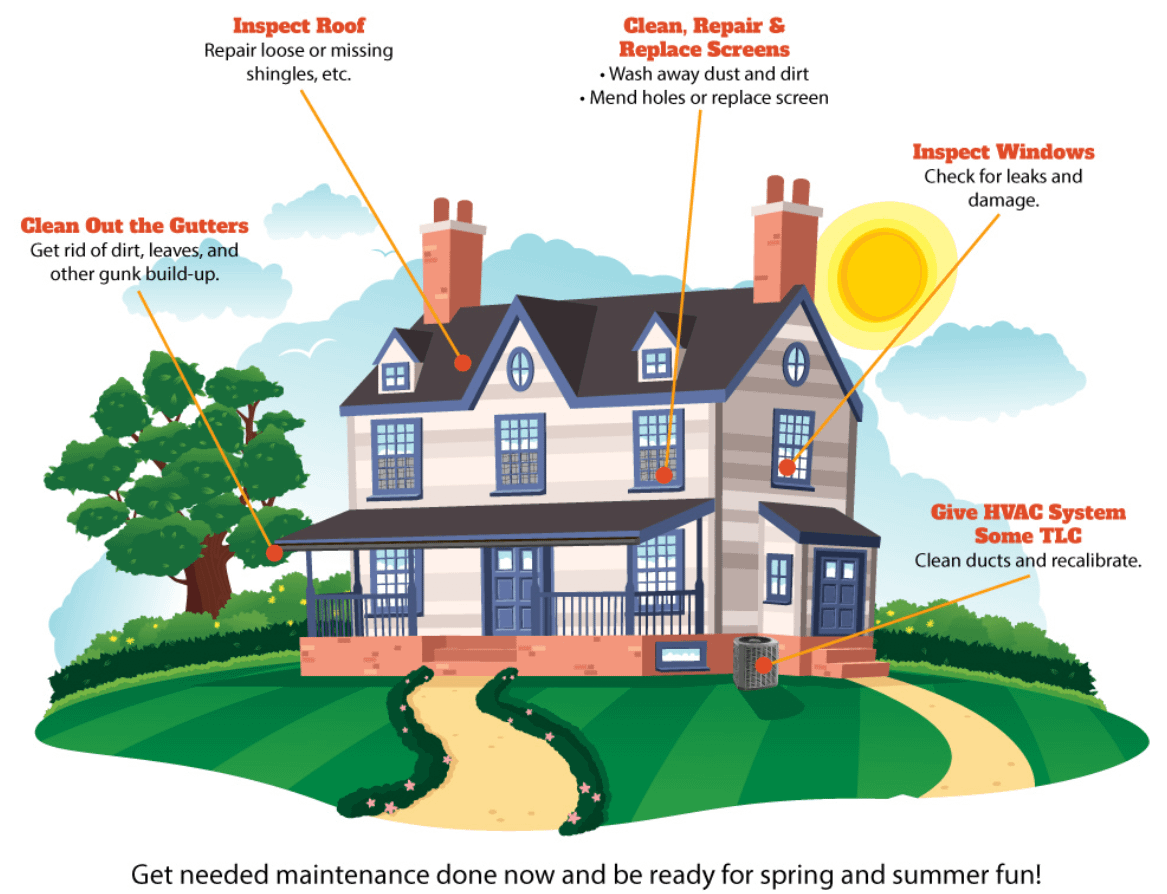Home maintenance is extremely important year-round, but even more so during the winter months. With winter comes cold, freezing weather, snow, ice, and more that can cause additional damage to different areas of your home. By taking the necessary precautions and ensuring that you have done maintenance to your home before winter hits, you will be avoiding different common problems that may occur simply due to the weather Below are a few different things that you should be checking in your home either during or before winter to ensure that you will be able to live comfortably throughout the season with little to no issues.
Heating System Tune-Ups
The last thing that you will want to happen during the winter is for your heating system to stop working correctly. This may leave you with a cold house that can be dangerous when temperatures reach freezing levels. Take the proper home maintenance steps and take advantage of heating system tune-ups from professional HVAC technicians who know what they are doing. A tune-up includes a complete check of your furnace or heat pump to ensure that everything is clean and working properly. It also determines if there is any carbon monoxide leakage. This standard maintenance tip is highly important during the winter.
Roof Repairs
Before winter, you will want to make your way up onto the roof to determine if any repairs will need to be made. Some things that you should look for include loose or missing shingles. When snow, ice and freezing rain occur during winter, you may be dealing with major roof leaks and additional damage if the necessary maintenance is not done in advance. Other roofing tips include removing any leaves, pine needles and debris that can hold extra moisture on the roof during the winter. Those who have taken advantage of a real estate warranty may be able to receive their major repairs for cheaper than the regular going rate.
Cleaning the Gutters
Another part of your home that you will want to check before or during winter are the gutters. If your gutters are backed up and full of debris such as leaves, they may cause leaks within your home and ice dams to occur when the snow and rain simply have nowhere to go. Roofing, siding and wood trim can be damaged by blocked gutters. Regularly clean out your gutters and inspect for any damage to avoid problems in the winter.
Outdoor Faucets
Check to ensure that your outdoor faucets are turned off during the winter. While they may not leaking water, that does not always mean that they are turned off completely. Un-drained water in your pipes can lead to the water freezing as temperatures drop. This can cause the pipes to burst as the ice expands within them. Simply turn off the water valve in your home and disconnect your garden hose to check for remaining water and to allow it to drain from the faucet with ease.
Air Leaks and Insulation
If your home is prone to lots of icicles and ice dams, you will want to take the necessary precautions to prevent water from leaking into your home. Hire a professional to check for and to repair any air leaks found around your home and insufficient insulation within the attic of the household. Insufficient insulation can lead to ice dams which can cause major problems during the cold winter months.
Other home maintenance tips for the winter include reversing your ceiling fans, caulking around windows and doors, and diverting water away from your home. By taking advantage of these tips, your home is sure to be in tip-top shape this winter season.






